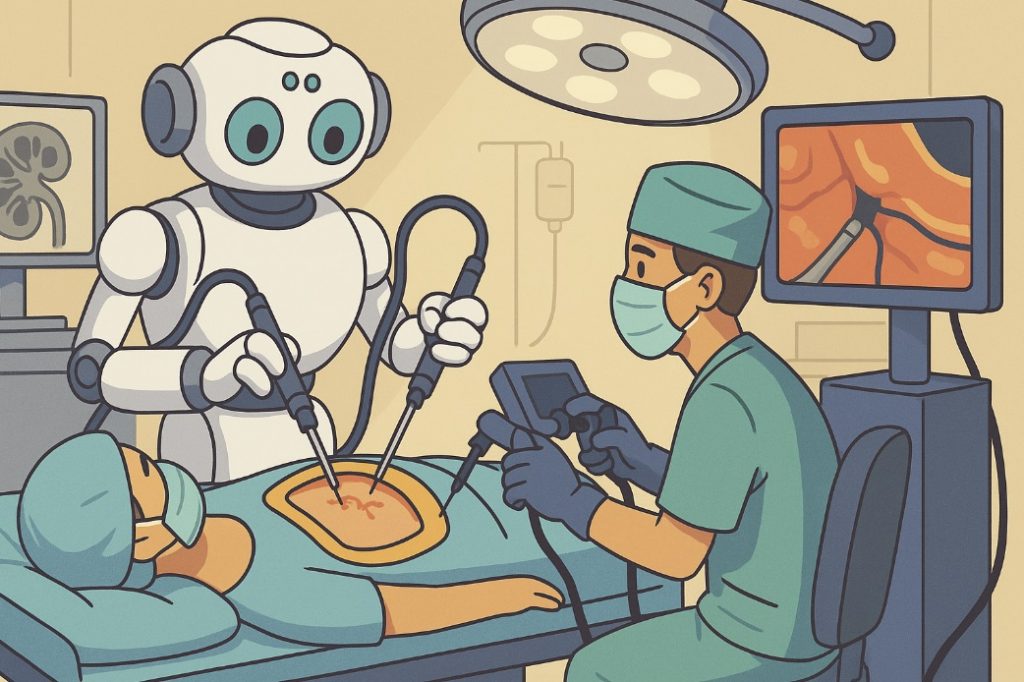In the rapidly evolving field of medicine, robotic surgeons have emerged as one of the most groundbreaking innovations. These high-precision machines, often controlled by skilled surgeons, are transforming the way we perform complex surgeries. But while the benefits are clear, the risks and ethical concerns surrounding robotic surgery also deserve attention.
What Are Robotic Surgeons?
Robotic surgeons are computer-assisted surgical systems that enhance the precision, control, and visualization available to human surgeons. The most widely known system is the da Vinci Surgical System, which uses robotic arms controlled by a surgeon seated at a console. These systems allow for minimally invasive surgery using small incisions and highly precise movements.
Benefits of Robotic Surgery
1. Greater Precision
- Robotic arms eliminate hand tremors and can perform extremely delicate maneuvers, especially in confined areas such as the pelvis or chest.
2. Minimally Invasive
- Smaller incisions reduce blood loss, pain, and scarring, and lead to shorter hospital stays and faster recovery.
3. Enhanced Visualization
- Surgeons view the surgical field in high-definition 3D, which improves depth perception and accuracy.
4. Reduced Surgeon Fatigue
- The ergonomic design of robotic consoles allows surgeons to operate in a seated, relaxed posture, minimizing physical strain during long procedures.
5. Scalability for Complex Procedures
- Robotic systems are increasingly used for intricate operations like prostatectomy, cardiac bypass, and gynecological surgeries.
Risks and Limitations
1. High Cost
- Robotic systems are expensive to purchase, maintain, and operate. This can make procedures less accessible, especially in low-resource settings.
2. Technical Failures
- Despite rigorous safety systems, robotic hardware or software can fail during a procedure, requiring emergency intervention.
3. Learning Curve
- Surgeons need extensive training and experience to use these systems effectively. Poorly trained operators can increase complication rates.
4. Limited Haptic Feedback
- Most robotic systems do not provide tactile (touch) feedback, making it harder for surgeons to feel resistance or texture changes in tissue.
5. Ethical and Legal Concerns
- In cases of malfunction or complications, it can be unclear who is responsible—the manufacturer, the surgeon, or the hospital.
Glossary
- Minimally Invasive Surgery – _Surgical procedures performed through small incisions using specialized instruments.*
- Haptic Feedback – _The use of touch sensation to provide information to the user, which is largely absent in robotic systems.*
- Console – _A device where the surgeon sits and remotely controls the robotic arms during surgery.*
- Prostatectomy – _Surgical removal of the prostate gland, often for cancer treatment.*
Conclusion
Robotic surgeons are revolutionizing modern healthcare by making surgery safer, more precise, and less traumatic for patients. However, with this progress comes a need for cautious implementation, equitable access, and robust training. As technology continues to evolve, the balance between human skill and machine accuracy will define the next chapter in surgical medicine.


